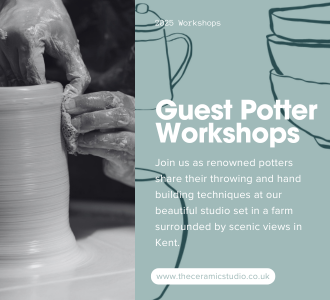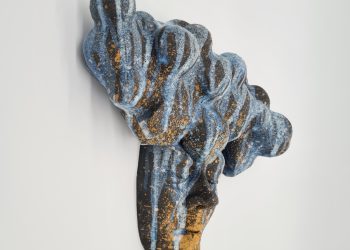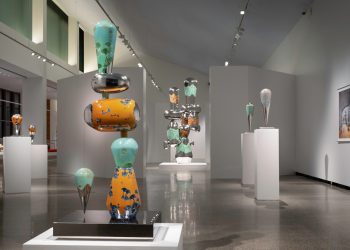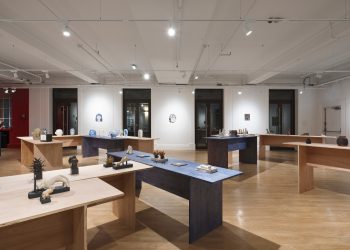Alexandra Engelfriet is a sculptor and performance artist from the Netherlands, who has her studio in France. She is specialized in large scale, often site-specific, installations, performances and monumental sculptures. Her projects, solo exhibitions, and performances are featured internationally in museums, galleries, sculpture parks and private collections. Her earth art and earthworks explore the essence and physical of being in our place in the world. Her performances and sculptures have inspired authors and filmmakers. The physical and intangible beauty of her dance with earth and clay is primal, rough yet delicate and fluid. Both she and the audience are entranced. It is intimate, transforming of space and earth. Engelfriet seems to be channelling her art through her movement and a metaphor of existence emerges with rhythmic touch and manipulation. Engelfriet’s performances are immersive and at times overwhelming.
Projects and solo-exhibitions include Intertwining, at the Senter for keramisk kunst, Norway, Immerse Impress Imprint, at Viervaart, the Netherlands, Performance in Tbilisi, Contemporary Art Gallery of the Georgian National Museum, Georgia, Skinned at Museum Jorn, Denmark, Mixed Blood, at STARworks, US, Under Ground – 60 tons of clay, a digger, a body, in Park De Oude Warande, the Netherlands, Glassporen – Molten glass meets raw clay, at The National Glass Centre, England, Tranchée, at Le Vent des Forêts, France, Marl Hole, at the British Ceramic Biennial, among others. She has participated in group exhibitions in many countries in Europe and Scandinavia, Australia, South-Korea, China and the United States. Awards and residencies include grants from the Mondriaan Fund, the Stokroos Foundation, the Wim de Haan Foundation, the Lighton International Artists Exchange Program, the Tijlfonds – Prins Bernhard Cultuurfonds, Bronze Prize at the Gyeonggi International Ceramic Biennale 2015, South Korea and the Van Achterbergh Prize in 2022. She received her education at the Rietveld academy of arts in the Netherlands and the European Ceramic Work Centre.
In September 2022, she has been awarded the Van Achterbergh Prize 2022 for making a special contribution to the development of ceramic art in the Netherlands.
Visit Alexandra Engelfriet’s website, web archive, and Instagram page.
Featured work
Intertwining, 2022
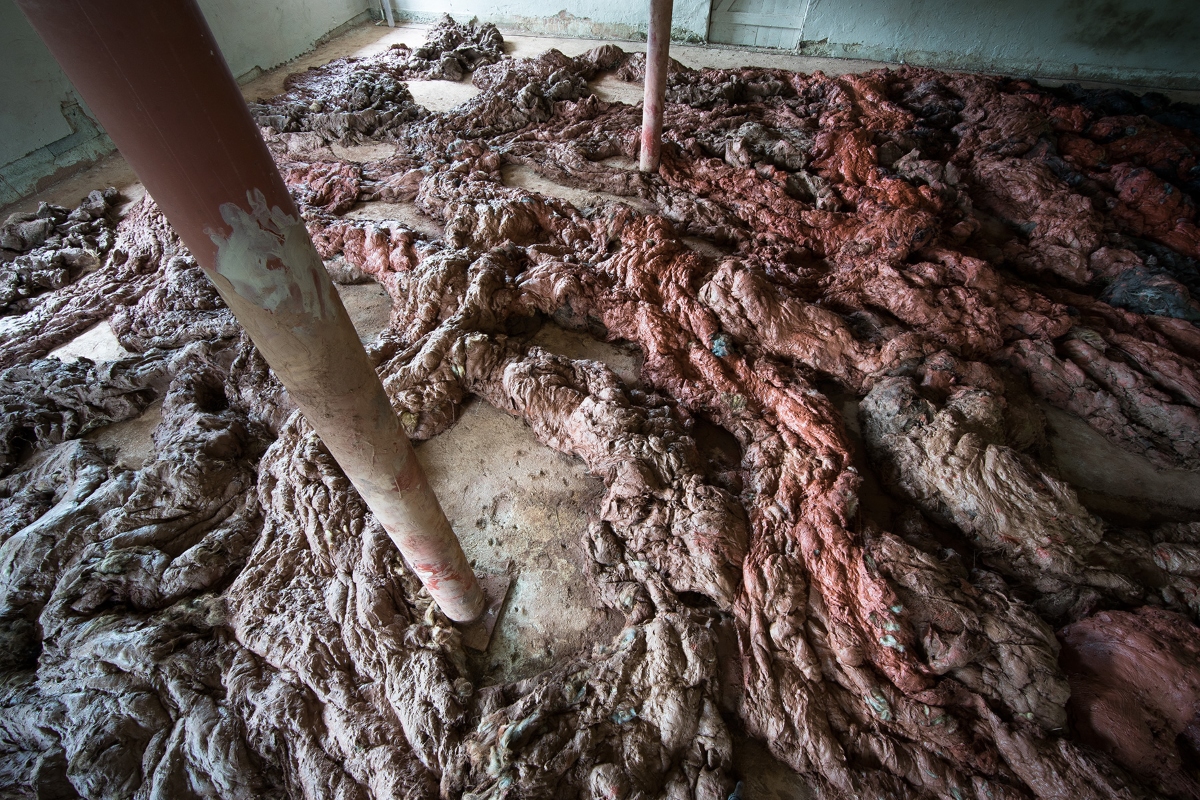
The making of a sculpture, 2022
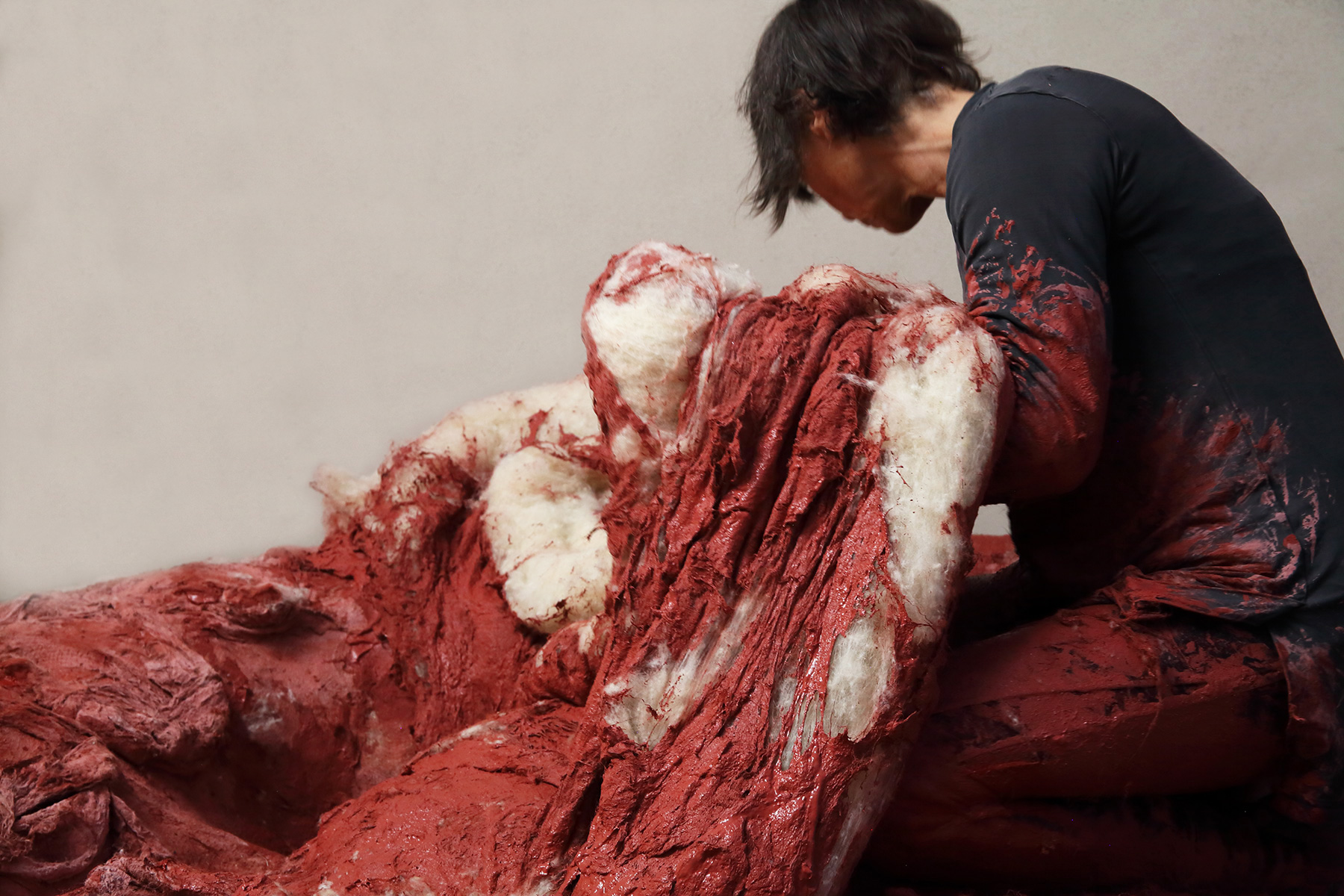
What does clay do to me when I don’t try to master it but on the contrary surrender myself to it, let me overwhelmed by it? In my indoor installations and monumental works on outdoor locations, I form masses of clay and am myself shaped by the process. Through physical interaction that involves the whole body, I explore the connection between body, matter, mind and context. By working in rhythmical absorption, body and clay giving and receiving, an intimate relation takes shape between experience and earth. The stretching and tearing, the deep imprints of body parts, express the plasticity of the material in all its rawness. The diverse circumstances in which each project takes place, bring new layers of meaning, by connecting my work to different contexts. A number of filmmakers have captured my work process on film, combining the realms of sculpture with that of documented performance.
Fire has been a creative force with which I collaborated, solidifying my performance into ceramic and encapsulating it in a wide range of colors. My experiments with a wood burning kiln, dug in a slope next to my studio, led to the monumental work Tranchée (2013), in Le Vent des Forêts, close to the city of Verdun in France. It consists of a 50 m long trench, with a central nave of fired clay walls, which I sculpted with 20 tons of raw clay in a ritualistic performance, which evokes one of the darkest chapters in human history. Remnants of the huge battles fought during the First World War are still a living presence in the surrounding landscape and its inhabitants. The trench was then transformed into a huge wood-burning kiln, and fired continuously for a week. The experience of moving deeper into the earth, and simultaneously mourning and caring for the dead, is central to the meaning of Tranchée and a recurring theme in my work. In this project, as in others, the involvement of many local volunteers have forged new social and physical connections with me, each other, the place and the earth.
Interaction between machine power and the sensitivity of the body forms another area of investigation. In one of Europe´s largest industrial clay quarries I discovered the possibilities an excavator affords in creating scale and monumentality (Marl Hole, England, 2009). An excavator enabled me to penetrate deep into a layer of 60 tons of clay, laid on the slopes of a natural pit in the woods in the Netherlands (Under Ground, 2016). In an improvised choreography with the sensual matter as my partner, I then transformed the enormous mass of clay into a sea of rhythmically undulating matter. Descending into the pit, the viewer entered into the flesh of the earth and the work became his/her experience, as was the case with Tranchée.
Sometimes the social context plays an important role. By using my body to mix red clay, scraped from the ground like a skin, with white porcelain clay from the local mining industry in Gulgong, Australië (2016), I responded critically to the difficult and complex relationship between Western culture and the original inhabitants. The firing of the work Mixed Blood (2017, US), let all shades of human skin appear in the local clays. A critical comment on the racial prejudices that are tearing the United States apart.
Recently, I have taken up working with wool mixed with clay slip and glue, referring to an age-old way of mixing clay with straw or other material to use as building material without the need to fire it. With this mixture I shape large, permanent sculptures, as well as realizing site-specific installations.
In every project I put myself on the spot and am challenged to engage in an unpredictable process, opening up new possibilities and meanings. After centuries in which experiential knowledge has been subordinated to a scientific and technological way of thinking, I consider it of great importance that experience gained through involvement of the body, is revalued as an important source of knowledge.



